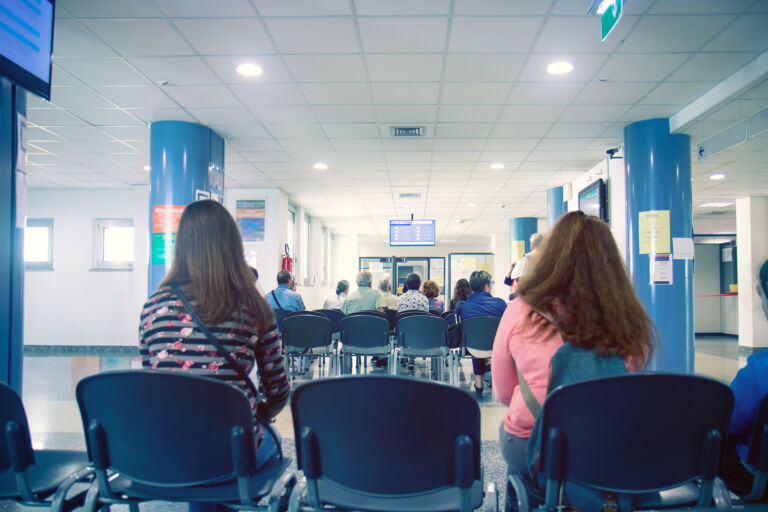As Blue Cross and Blue Shield of North Carolina (BCBS NC) waits for the Department of Insurance (DOI) to approve an average 18.8 percent premium increase for 2017 health plans, yesterday’s Wall Street Journal reports on other states that have begun to sign off on underlying double-digit rate hikes:
Georgia
- Blue Cross and Blue Shield: 21.4%
Kentucky
- Anthem: 22.9%
- Humana: 31%
Mississippi
- Humana: 43%
Tennessee
- Blue Cross and Blue Shield: 62%
- Cigna: 46.3%
- Humana: 44.3%
Virginia
- Anthem: 15.8%
Of course, those who qualify for heavily subsidized health plans won’t be exposed to the underlying cost of health insurance premiums. The Department of Health and Human Services estimates that three in four enrollees will be able to purchase a health plan for under $75/month. What they don’t mention, however, is that while the exchange structure benefits certain low income families with incomes below 250% of the Federal Poverty Level (which amounts to a family of three with an income of $50,000), those with household incomes above that amount are struggling to pay their monthly premiums on top of out of pocket cost sharing. In other words, when subsidies are added to the mix, it only makes a product more expensive for others. And, if people are simply shopping based on price, the trade-off is narrower networks and limited access to care.


